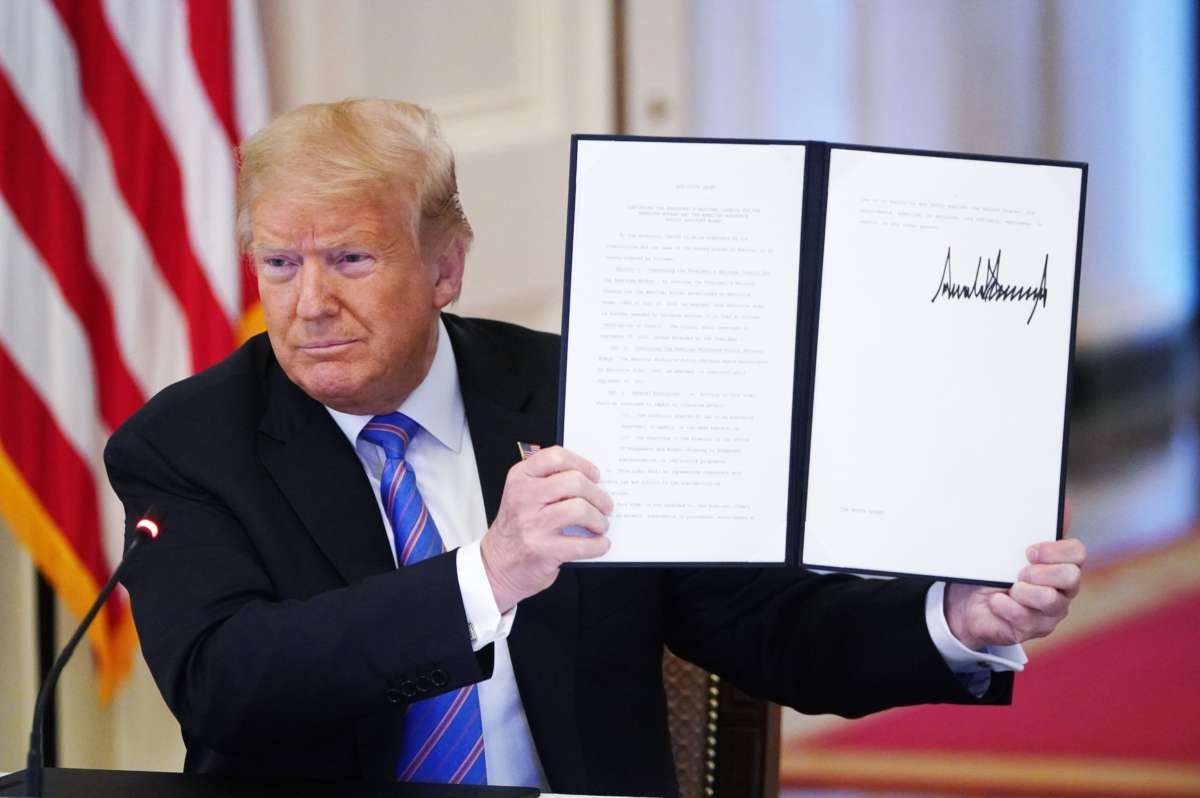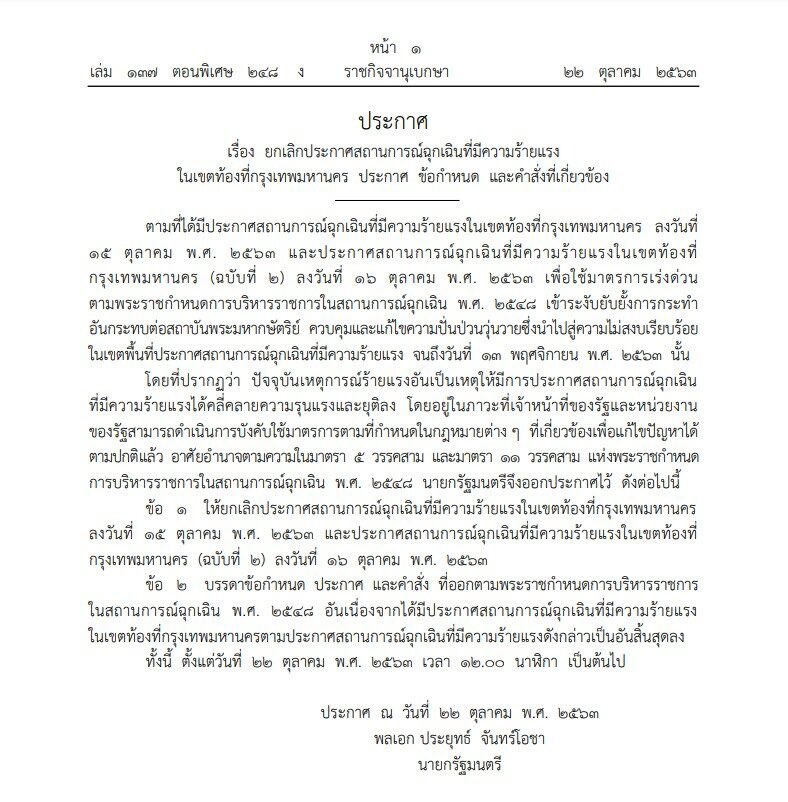The study backs World Health Organisation guidance for regular and thorough hand washing to limit transmission of the virus.


PHOTO: EPA-EFE
PUBLISHED OCT 19, 2020,
TOKYO • The coronavirus remains active on human skin for nine hours, Japanese researchers have found, in a discovery they said showed the need for frequent hand washing to combat the Covid-19 pandemic.
By comparison, the pathogen that causes the flu survives on human skin for about 1.8 hours, according to the study published this month in the Clinical Infectious Diseases journal.
"The nine-hour survival of Sars-CoV-2 (the virus that causes Covid-19) on human skin may increase the risk of contact transmission in comparison with IAV (influenza A virus), thus accelerating the pandemic," said the study.
The research team tested skin collected from autopsy specimens, about one day after death.
Both the coronavirus and the flu virus are inactivated within 15 seconds by applying ethanol, which is used in hand sanitiser.
"The longer survival of Sars-CoV-2 on the skin increases contact-transmission risk; however, hand hygiene can reduce this risk," said the study, which backs World Health Organisation guidance for regular and thorough hand washing to limit Covid-19's transmission.
AGENCE FRANCE-PRESSE
MORE ON THIS TOPIC
Why washing hands with soap is critical in battling Covid-19
Virus that causes Covid-19 can survive 28 days on banknotes, glass and stainless steel: Study
PUBLISHED OCT 19, 2020,
TOKYO • The coronavirus remains active on human skin for nine hours, Japanese researchers have found, in a discovery they said showed the need for frequent hand washing to combat the Covid-19 pandemic.
By comparison, the pathogen that causes the flu survives on human skin for about 1.8 hours, according to the study published this month in the Clinical Infectious Diseases journal.
"The nine-hour survival of Sars-CoV-2 (the virus that causes Covid-19) on human skin may increase the risk of contact transmission in comparison with IAV (influenza A virus), thus accelerating the pandemic," said the study.
The research team tested skin collected from autopsy specimens, about one day after death.
Both the coronavirus and the flu virus are inactivated within 15 seconds by applying ethanol, which is used in hand sanitiser.
"The longer survival of Sars-CoV-2 on the skin increases contact-transmission risk; however, hand hygiene can reduce this risk," said the study, which backs World Health Organisation guidance for regular and thorough hand washing to limit Covid-19's transmission.
AGENCE FRANCE-PRESSE
Why washing hands with soap is critical in battling Covid-19
Virus that causes Covid-19 can survive 28 days on banknotes, glass and stainless steel: Study









